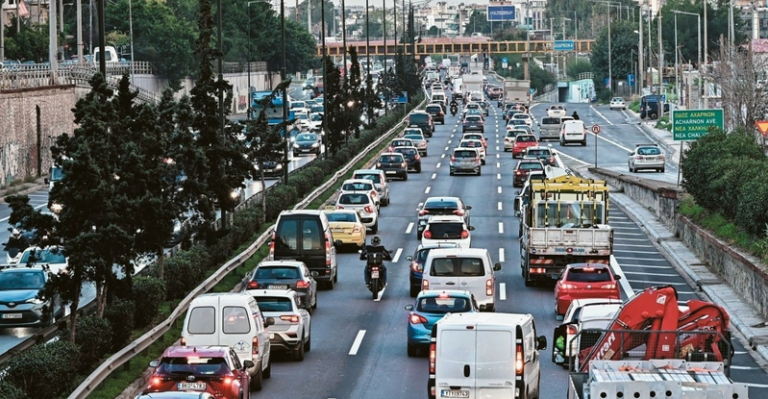A new wave of price hikes and levies is looming for businesses and households across a wide range of goods and services due to the green transition. Starting from 2025, a barrage of tax increases is prescribed both pan-European and in Greece, following the EU’s strategy to reduce pollution by 40% by 2030 and by 60% by 2050. However, the government is also planning a special package of support measures for households and businesses to enable them to adapt to the new conditions.
An initial mapping of the upcoming changes is attempted by a study group from the Ministry of Finance. As highlighted in the study, “the green transition proves to be a complex process that requires significant changes in the way green taxes are collected and spent – both in Greece and across Europe”.
In the coming months, many specialized teams will undertake to specify all the measures that will come into effect from the new year. All these lead to price increases across a wide range of basic goods and services, whether produced in Europe because the use of new technologies and specifications will be required, or imported from third countries (Asia, etc.) because they will be taxed if they pollute more than if they were produced in the EU.
Restructuring in road tax
Changes have already begun with maritime movements and transports by imposing a carbon dioxide levy on ferry tickets from 1/1/2024 (except for Greek islands with fewer than 200,000 inhabitants until 2030). Increases in road transport, mainly in road taxes, will be immediately noticeable from 2025. With the new data, the only new technology cars that are considered certain to have zero taxes are electric ones. New technology vehicles that were previously exempt are expected to be burdened with a relatively low amount based on emissions. No reductions are foreseen for old cars, but incentives for withdrawal and replacement with new ones, following the model of the “Recycle – Change Device” program.
According to the EU’s strategic proposals for road transport, there is a tightening of carbon dioxide emission standards for cars and vans, requiring a 55% reduction in average emissions from new cars by 2030 and a 100% reduction by 2035 compared to 2021 levels. From 2035, all newly registered cars will have zero emissions.
World’s super-rich head to Gujarat for wedding party thrown by India’s richest person
The problem
And while the discussion in Greece may still be about whether and to what extent special taxes on fuels can be reduced, the EU’s strategy leads:
– To continuous tax increases for a five-year period on fuels, services, and products that pollute, but at the same time,
– To emergency or permanent subsidies, support for households and businesses, vehicle and equipment withdrawal and replacement programs with incentives for replacement with low- or zero-emission ones in all sectors of production.
The Ministry of Finance study reflects the significant pressure that will be exerted on the energy fiscal balance in our country by 2030. A fiscal gap of about 1% of GDP is forecasted compared to 2020, i.e., over 2 billion euros deficit per year for the state! And this is because:
– From 2025, state revenues from energy are expected to increase to 4.5% of GDP after the incorporation of the European Commission’s Energy Taxation Directive. This means that they could reach 10-13 billion euros annually from 7.1 billion today!
– However, by implementing the plan towards cleaner energy sources, as polluting ones decrease, the environmental revenues of the state will also decrease, recording a dive of 10 billion euros per year over 25 years and falling below 2 billion annually by 2050, due to the restriction on the demand for minerals and liquid fuels.
– While fewer taxes will come from “dirty” energy into state coffers, on the other hand, state expenses for subsidies and transition expenses towards cleaner energy will increase. Especially in the years 2025 and 2030, state subsidies will reach 1.3% to 1.8% of GDP, over 4 billion euros annually! According to the study, households will face significant pressure. Their expenses as a percentage of income for energy-efficient equipment are expected to rise to 8.2% by 2030 from 5.7% in 2020. Consumer spending on heat pumps, electric cars, and energy-efficient electrical appliances will burden low-income households more.
The difficulty of accessing loans may lead them to “energy poverty,” as if they delay adapting, they will be burdened with high operating costs for heating and transportation in the coming years. The problem is exacerbated by increases in many basic goods and services, whether imported or produced in Europe. “The green transition also requires changes in the composition of household spending, increasing demand for investments in related infrastructure (e.g., water resource management, fire protection and extinguishing, insulation for extreme temperatures, as well as energy-efficient electrical appliances). Therefore, taking action to subsidize and facilitate access to financing for low- and middle-income households is becoming important,” underline the authors of the report.
Ask me anything
Explore related questions





